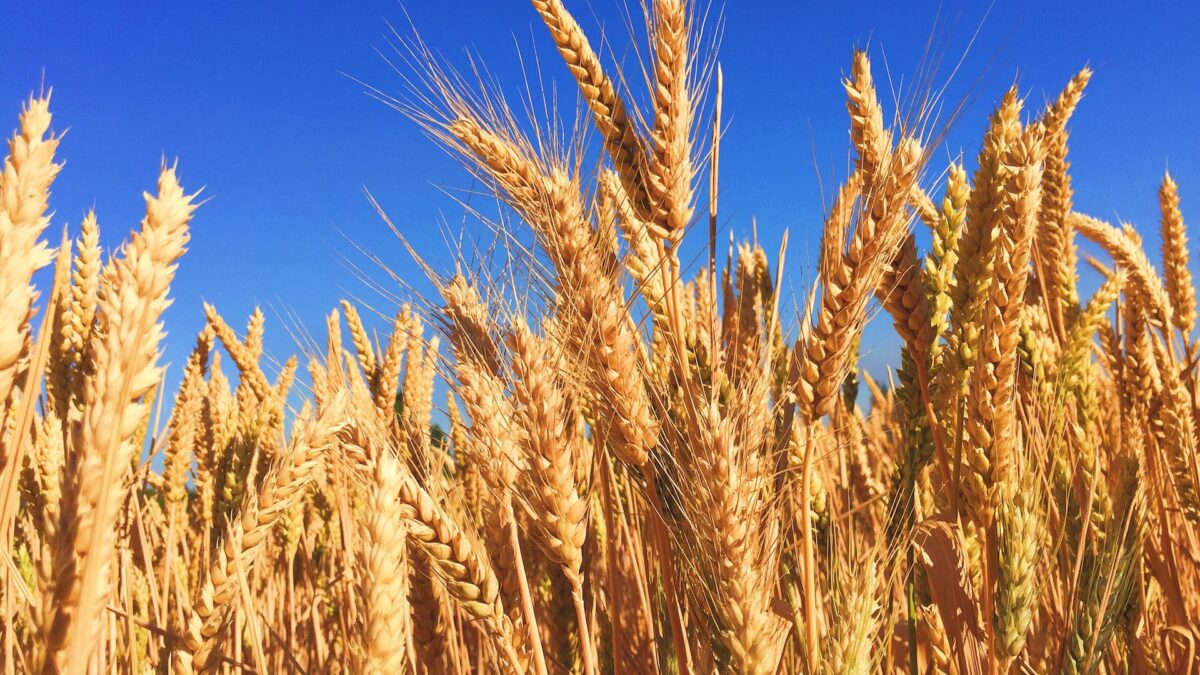A grain moisture meter is an essential measuring tool that plays a crucial role in the production, storage, and processing of grains. Proper grain moisture levels are vital for maintaining crop quality and preventing losses caused by mold and fungi. In this article, we will discuss the different types of moisture meters available on the market, their practical applications in agriculture, and introduce some innovative gadgets related to this indispensable tool.
Get a discount: Visit krzymark.pl – add products to your cart, enter the discount code at checkout: BLOGKRZYMARK.
4 Types of grain moisture meters
There are various types of moisture meters available, each with its advantages and limitations. Here are some of the most popular types:
-
Resistance-based moisture meters: This is the most common type of grain moisture meter. They work by measuring changes in electrical resistance depending on the material’s moisture content. They are relatively inexpensive and easy to use but may require regular calibration.
-
Capacitive moisture meters: These meters measure changes in the capacitance of a capacitor based on the material’s moisture level. They offer greater accuracy than resistance-based meters but are also more expensive.
-
Infrared moisture meters: These devices use infrared radiation to measure moisture content. They are fast and non-invasive but may be less precise compared to other types.
-
Microwave moisture meters: These meters use microwaves to assess the material’s moisture content. They are highly accurate and fast but can be significantly more expensive than other types.
Why is a grain moisture meter important?
Grain moisture plays a crucial role in storage, processing, and overall agricultural production efficiency. Both excessive moisture and overly dry grains can lead to serious issues.
1. Storage
Overly moist grains are susceptible to mold and fungal growth, which can decrease their nutritional value and even pose health risks to humans and animals. On the other hand, overly dry grains can crack easily, leading to harvest losses.
2. Processing
In flour production, excessive moisture can affect the quality of the product by altering its physical and chemical properties. Similarly, in animal feed production, improper moisture levels can negatively impact nutritional quality.
3. Quality Control
A moisture meter allows farmers to effectively monitor the quality of their crops and take appropriate action to reduce losses and improve efficiency.
Innovative gadgets in the world of moisture meters
With technological advancements, the grain moisture meter market has become an arena for various innovative gadgets that enhance user experience and simplify the work of farmers. Here are some surprising and interesting examples:
- Bluetooth-enabled moisture meters: Modern moisture meters equipped with Bluetooth technology allow for wireless data transmission to smartphones or computers. This makes monitoring moisture levels and generating reports easier.
- Mobile applications: Many companies develop mobile apps that, when paired with the appropriate moisture meter, provide farmers with detailed analyses and recommendations for storage, processing, and crop management.
- Multi-sensor moisture meters: Some of the latest models combine various measurement technologies, such as microwave and infrared, to provide the most accurate results.
- Pen-shaped moisture meters: Portable, pen-shaped moisture meters are becoming increasingly popular, allowing for convenient and easy measurements.
Proper grain moisture levels are essential for agricultural success, and available technologies enable increasingly precise and efficient management of this critical aspect of crop production.


